Ajwain, Trachyspermum ammi, is an annual in the family Apiaceae. This plant is native to tropical regions of India, Pakistan, and Iran.
These compounds give Ajwain its distinctive flavor and aroma. Let’s understand more about this wonderful plant i.e AJWAIN PLANT.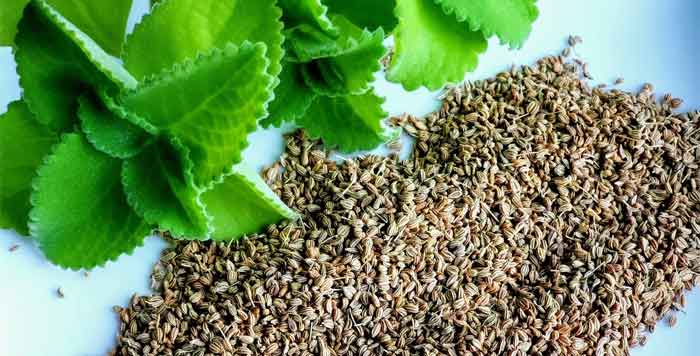
Features of Ajwain Leaves and Plant
The ajwain plant is a small perennial that grows erect. It is also called bishop weed and is often confused with the lovage seed by people.
The plant is mainly grown in India and Iran, where its oval-shaped fruits are harvested as caraway, cumin, or fennel seeds.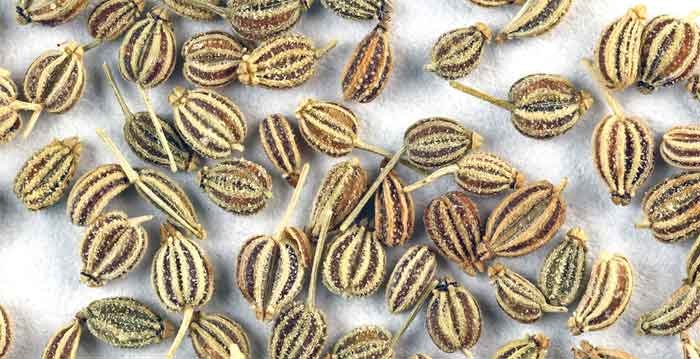
Ajwain plants are mostly used as medicinal herbs but can also be ornamental Plants.
Also read about raat ki rani plant or parijat plant here.
Caring for Ajwain ka Paudha
Though the plant may appear difficult to grow, it is actually quite simple. If you reside in a tropical climate, then it becomes even easier to raise the plant to its full potential. 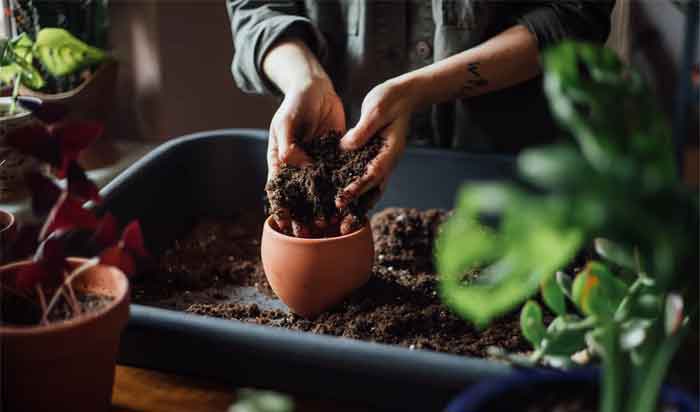 By placing it 8-12 inches in a potting medium, the conditions are prime for growth. These plants can be grown through herbaceous green cutting or tip Cutting.
By placing it 8-12 inches in a potting medium, the conditions are prime for growth. These plants can be grown through herbaceous green cutting or tip Cutting.
Similar to brahmi plant, another way to grow Ajwain plants is through cuttings, which can be done by using long stems and cutting away the leaves.
If you have potting soil and organic manure, you can plant cuttings. They should be in partial sunlight, but even shaded places will work. The plants prefer alkaline soil for growth.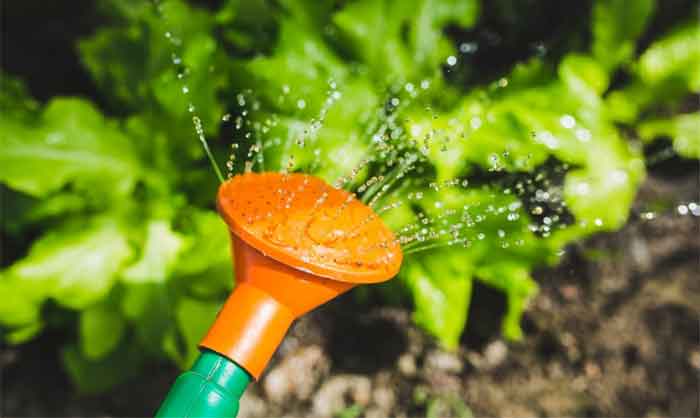
These plants could die if too much organic matter is present in the ground – they need little to survive. Water them regularly and make sure they get sunlight; don’t overwater or let the soil drain completely, as this will kill the plant. To grow from seeds, plant on a rich potting scale and scatter across the top of the soil.
Also read about bhringraj plant and how to identify it.
Ajwain plants grow quickly, so make sure to regularly trim them. If you don’t, they’ll spread and take over a large area rapidly because new roots develop as soon as the plant touches the ground.
Therefore, it’s best to grow Ajwain in containers.
Health Benefits of Ajwain Plant
Ajwain leaves are an excellent remedy for indigestion when eaten with a pinch of black salt. If you chew a few leaves daily, it will also prevent gases and bloating.
In India, a dish called bhajia is often eaten in the monsoon season to assist with stomach issues. Ajwain leaves and coriander may also be used to make garnished buttermilk, which can be utilized to treat these stomach problems. The leaves are also steeped in water before being used for medicine.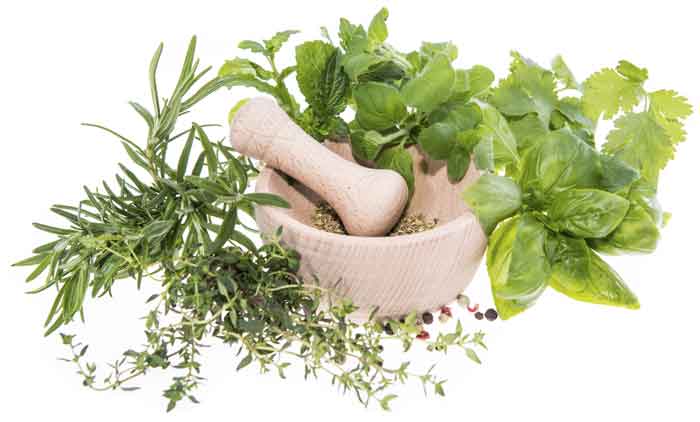
Homeopathy employs the use of fresh leaves to cure a variety of ailments, such as infections of the urinary organs. Ajwain leaves have a powerful anti-inflammatory and antiseptic action, making them ideal for treating respiratory difficulties including colds.
Here is a complete guide on just plant like jute plant images, its flower and all.
How to Propagate Ajwain Tree?
Cuttings
Stem cutting is the most common way to grow ajwain. Snip off the tip or branch of an old plant with a length of 5-6 inches. Plant it in a shaded area, keep the soil damp by watering completely, and place it under shade.
Seeds
You can buy Indian borage seeds from any local seed supplier. You have the option of sowing them in either spring or fall, depending on when you want to harvest them. Sow the seeds a few inches deep into well-amended soil in your garden, or sow them in a container with potting mix and mist regularly. Keep the container partially shaded and they should germinate within 7-10 days.
Consider reading about tulsi plant and its types here.
Harvesting and Storage
The bulbous root, which grows in clusters of three to ten bulbs each, is edible and used as a vegetable. The flower and leaves have culinary applications in the kitchen and can be harvested after 6-7 weeks.
Fresh leaves may be snipped using scissors anytime during the spring and summer before they begin to grow bristly hairs. Avoid keeping them for later use.
Ajwain Plant’s Growing Requirements
- The ajwain plant grows best in full sun to partial shade, but its leaves will turn dark green if it doesn’t get enough sunlight.
- Indian borage does best in slightly moist soil, but make sure the drainage is good so the roots don’t sit in water. Water it during cooler times of day, like early morning or evening.
- If you’re growing it in the garden, improve the soil fertility with compost or other organic matter. It’s preferable to use a potting mix for pots.
- Ajwain is a light eater, so during the spring months when it is growing new leaves, you may feed it with soluble, slow-release fertilizer with a 10-10-10 NPK ratio.
- The ajwain plant can grow up to 2 or 3 feet tall in the garden. When the ajwain is at least 6 inches tall, remove any superfluous stems using sharp scissors. Deadhead flowers and trim broken and decaying leaves from the plant as needed. Pruning promotes bushier growth and new development by reducing branching.
- Use shredded bark, grass clippings, or bark chips as mulch for your plant base to protect against water loss and maintain a stable temperature. Give a read to touch me not plant here for your reference.
- The plant may require support when grown in the garden, since the stems begin to lean over as they mature.
Pests and Problems Of Ajwain Plant
Cabbage worms and pests seldom cause damage to Ajwain. It, however, repels cabbage worms and pests. Aphids are vulnerable to neem oil, as well as insect assaults. Also, don’t forget to remove infected portions right away.
Diseases are not a common problem for Ajwain. Otherwise, your plant will likely not recover.
Also read about the insulin plant here.
Conclusion
If you’re looking for an easy-to-grow herb with multiple uses, Ajwain is a good choice. With proper care, this plant will provide you with leaves and flowers that can be used in cooking or making tea.


